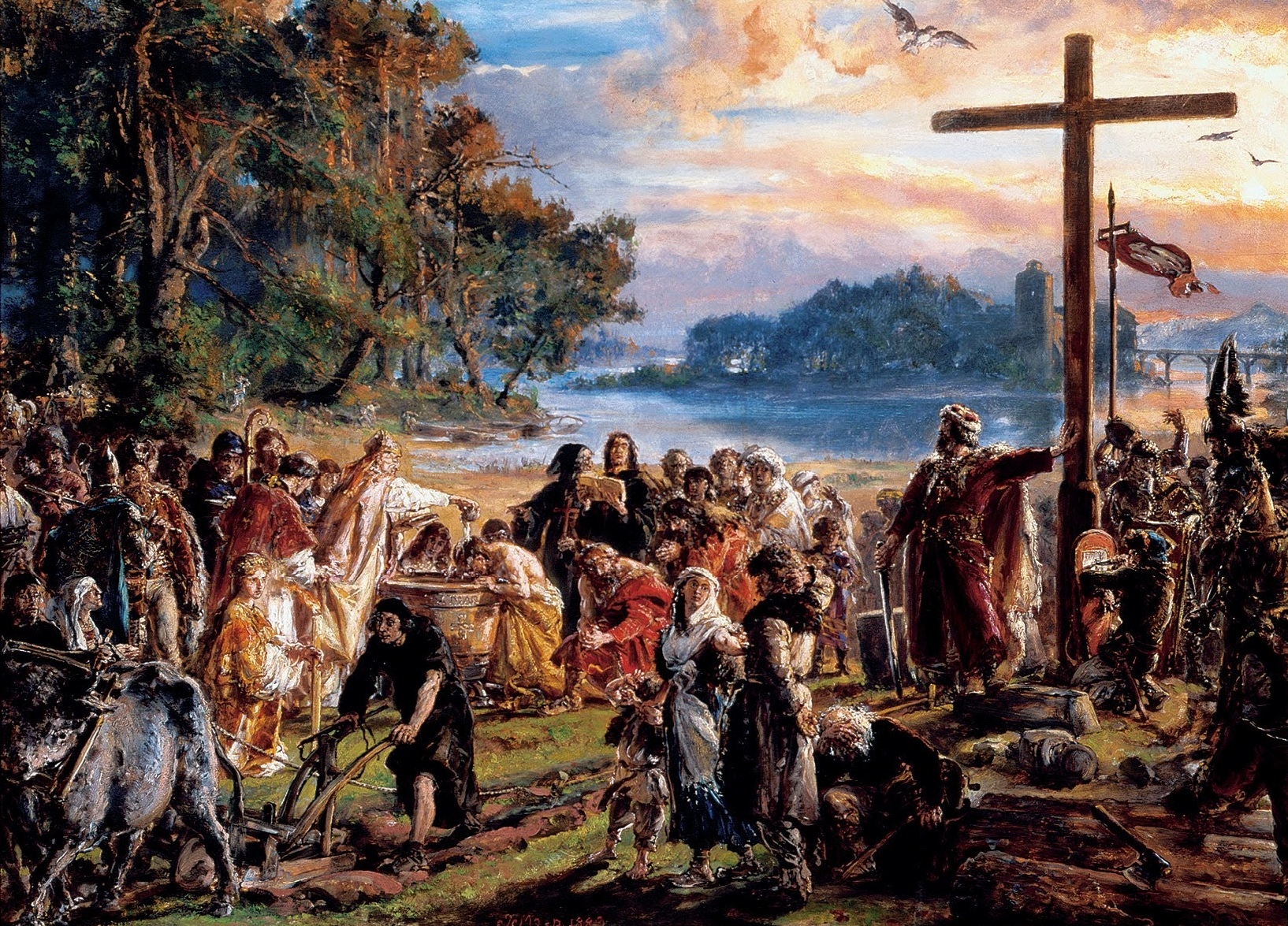|
WŇāadysŇāaw Horodecki
WŇāadysŇāaw Horodecki (born Leszek Dezydery Horodecki; russian: –í–Ľ–į–ī–ł—Ā–Ľ–į–≤ –í–Ľ–į–ī–ł—Ā–Ľ–į–≤–ĺ–≤–ł—á –ď–ĺ—Ä–ĺ–ī–Ķ—Ü–ļ–ł–Ļ; uk, –í–Ľ–į–ī–ł—Ā–Ľ–į–≤ –í–Ľ–į–ī–ł—Ā–Ľ–į–≤–ĺ–≤–ł—á –ď–ĺ—Ä–ĺ–ī–Ķ—Ü—Ć–ļ–ł–Ļ; ‚ÄĒ January 3, 1930) was a Polish architect active in the Russian Empire and later in the Second Polish Republic. He is best known for his contributions in the urban development of Kyiv, with buildings such as the House with Chimaeras, the St. Nicholas Roman Catholic Cathedral, the Karaite Kenesa, and the National Art Museum of Ukraine. In Kyiv, Horodecki often worked along with a sculptor from Milan, Emilio Sala, who was an instructor at the Kyiv City College. Biography Russian Empire Horodecki was born into a noble Polish szlachta family of the Kornic coat of arms in the village of SzoŇāudki (Sholudky, now Mukhivtsi Rural Council, Nemyriv Raion, Vinnytsia Oblast, Ukraine). His ancestors were big landowners (''didych'') in the Podillia region. Horodecki graduated from ... [...More Info...] [...Related Items...] OR: [Wikipedia] [Google] [Baidu] |
Russian Empire
The Russian Empire was an empire and the final period of the List of Russian monarchs, Russian monarchy from 1721 to 1917, ruling across large parts of Eurasia. It succeeded the Tsardom of Russia following the Treaty of Nystad, which ended the Great Northern War. The rise of the Russian Empire coincided with the decline of neighbouring rival powers: the Swedish Empire, the Polish‚ÄďLithuanian Commonwealth, Qajar Iran, the Ottoman Empire, and Qing dynasty, Qing China. It also held colonies in North America between 1799 and 1867. Covering an area of approximately , it remains the list of largest empires, third-largest empire in history, surpassed only by the British Empire and the Mongol Empire; it ruled over a population of 125.6 million people per the Russian Empire Census, 1897 Russian census, which was the only census carried out during the entire imperial period. Owing to its geographic extent across three continents at its peak, it featured great ethnic, linguistic, re ... [...More Info...] [...Related Items...] OR: [Wikipedia] [Google] [Baidu] |
Polish People
Poles,, ; singular masculine: ''Polak'', singular feminine: ''Polka'' or Polish people, are a West Slavic nation and ethnic group, who share a common history, culture, the Polish language and are identified with the country of Poland in Central Europe. The preamble to the Constitution of the Republic of Poland defines the Polish nation as comprising all the citizens of Poland, regardless of heritage or ethnicity. The majority of Poles adhere to Roman Catholicism. The population of self-declared Poles in Poland is estimated at 37,394,000 out of an overall population of 38,512,000 (based on the 2011 census), of whom 36,522,000 declared Polish alone. A wide-ranging Polish diaspora (the '' Polonia'') exists throughout Europe, the Americas, and in Australasia. Today, the largest urban concentrations of Poles are within the Warsaw and Silesian metropolitan areas. Ethnic Poles are considered to be the descendants of the ancient West Slavic Lechites and other tribes that inhabi ... [...More Info...] [...Related Items...] OR: [Wikipedia] [Google] [Baidu] |

